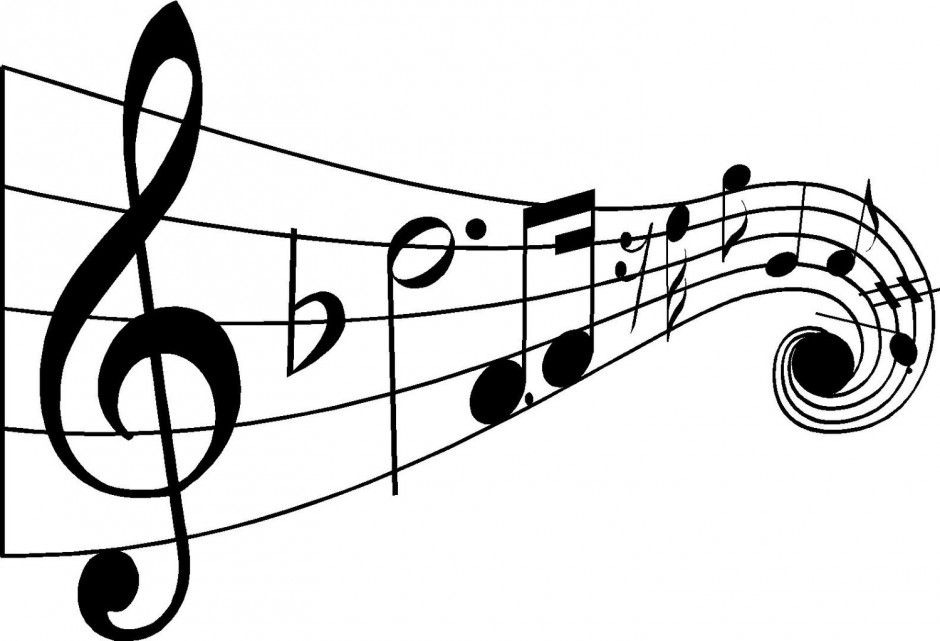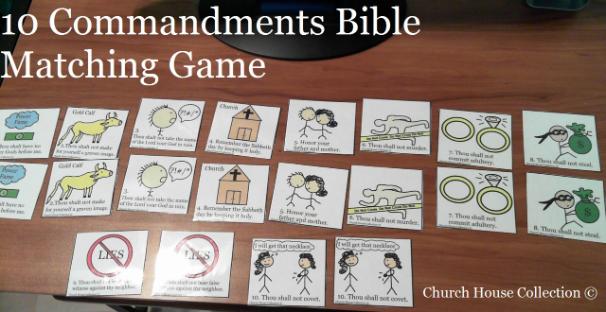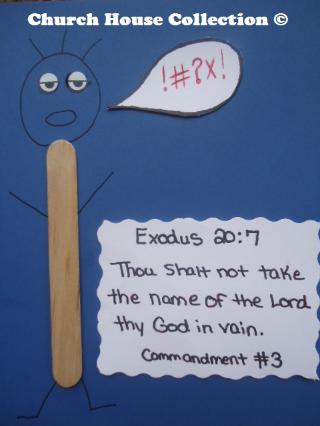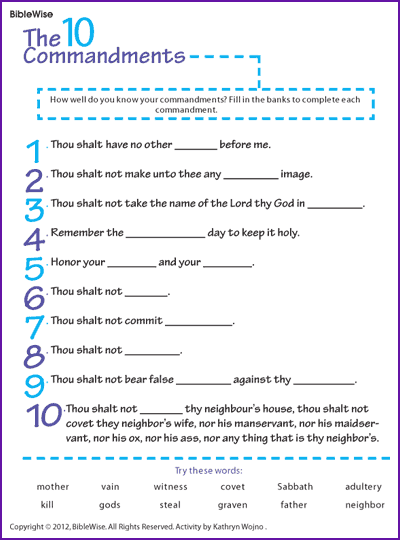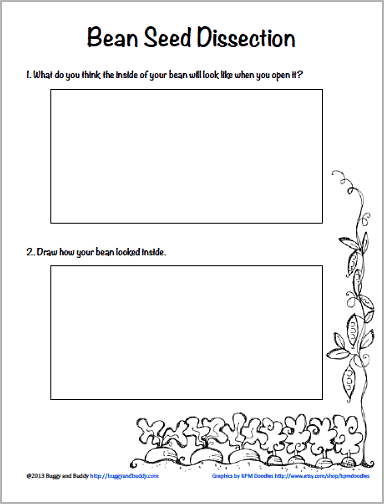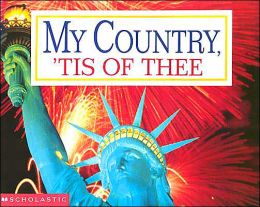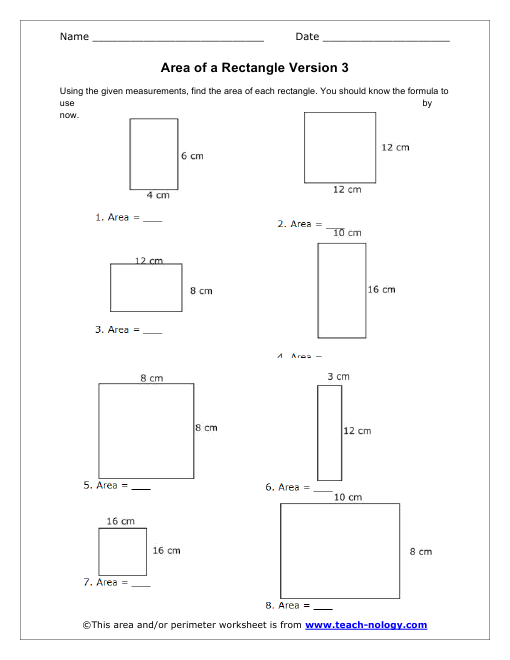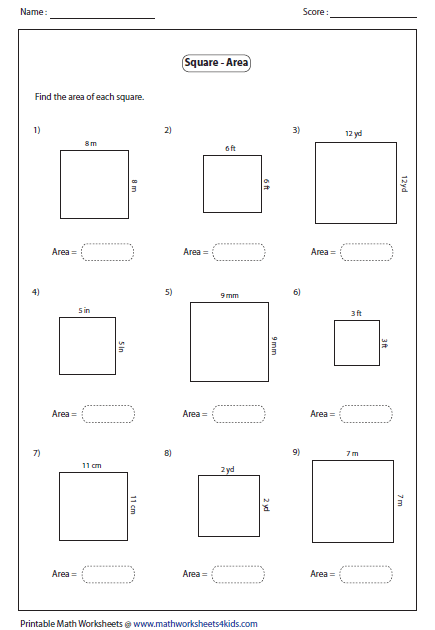Next we self assessed where we felt we fit musically in the classical model.
Are you still learning the basics of music? Do you have the basics and are understanding how they work? Or can you apply your knowledge of music to create and enhance other learning?
Now we get to how Music Together's philosophy fits in.
Music Together's philosophy is that
* ALL children are born with the potential (aptitude) to make music!
* If young children have playful/informal musical experiences with the adults they trust (parents, close family members, nanny's, teachers) they will acquire a disposition to be music makers, and these experiences will feed their inborn musical potential.
* Modeling being musical (singing, dancing, playing instruments) will help children achieve Basic Music Competence which is the ability to sing full songs in tune and move to the beat of the music they are experiencing.
While looking at Music Together's philosophy we talked about ways we are already enhancing our children's musical aptitude with activities we do in Classical Conversations.
*Tutors and parents model singing and moving to music every week in class.
*Tutors equip parents and continue modeling musical behavior at home.
*We feed off the kids energy by making the activities we do in class fit the students energy. We can adapt an activity to be small movement, large movement, singing, maybe even instrument playing. However we feel the kids will learn it best.
We also talked about ways we can better enhance our children's understanding of music by using the Music Together model in CC.
*Change what you are doing as a parent/tutor to accept and include the children's current behavior. If a child is experiencing a song in his feet then dance. If a child is experiencing a song by clapping then clap. Adapt what you are doing to how the children are learning best in the moment.
*Help students fully understand the musical grammar from the fine arts section by experiencing what note values feel in a song, what a crescendo sounds like, what dynamics sound like. Don't just give them the word and the visual, let them feel it, hear it, and experience it.
*Sing without recordings! You don't have to be a wonderful musician. Even if you sing off key you when you sing it yourself, or move to the music, you are helping the children acquire their own musical dispositions! CC doesn't want you to rely on the recordings either.
My conclusion was very real for me. Even though I was a formally trained musician, I did not reach my full musical potential until I could also feel the music, not just understand it. We can use Music Together's philosophy of experiencing music with trusted adults, through musical play to help our children achieve their fullest musical potential.


